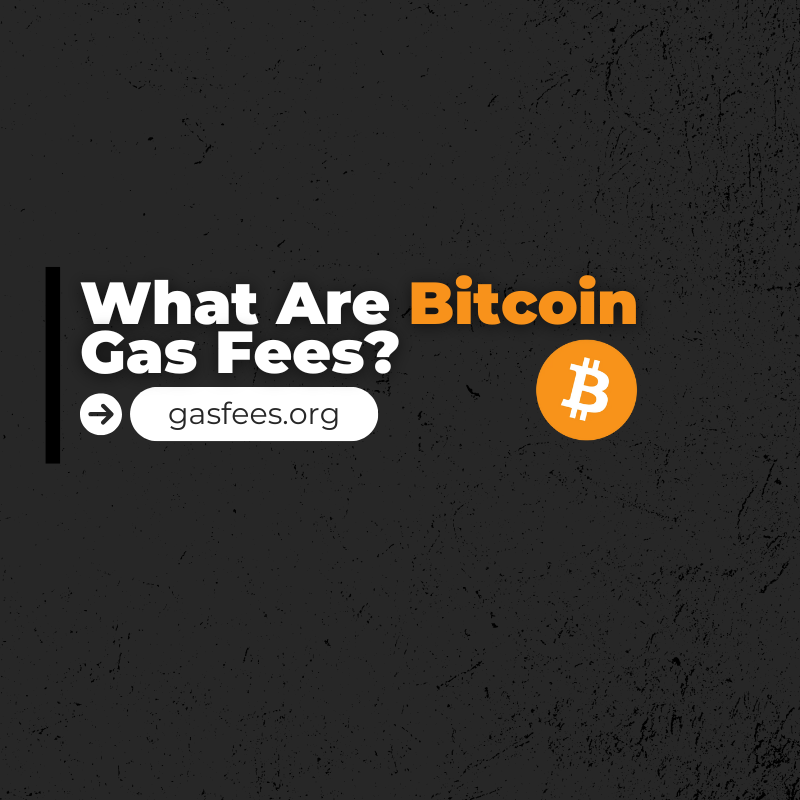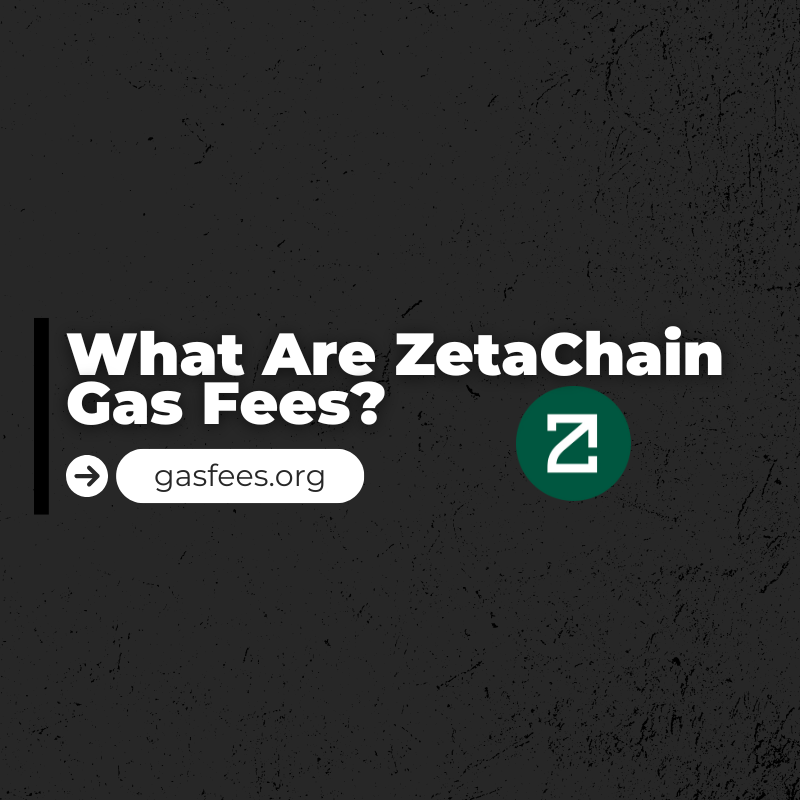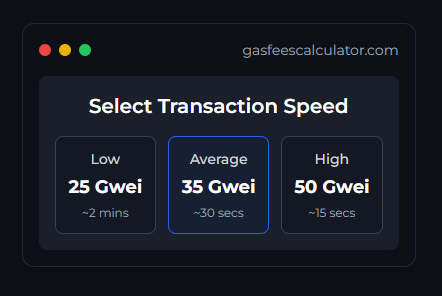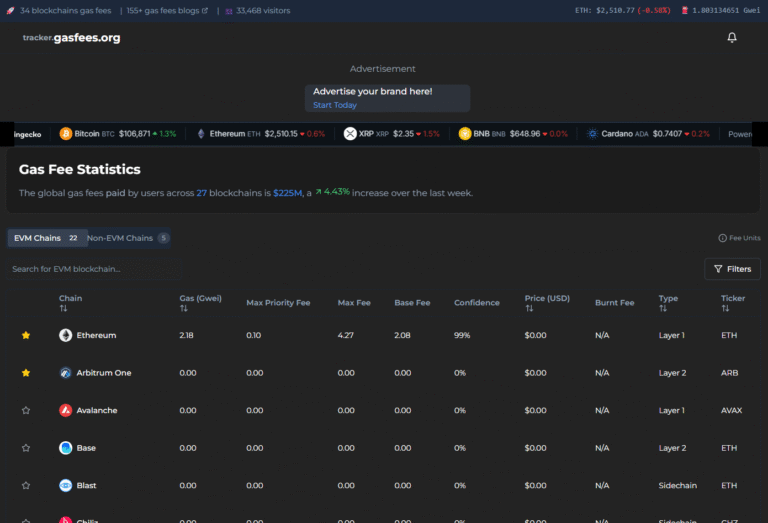
What are Iotex gas fees?
Written By: Mr. GasMan
Key Takeaways:
- This blog provides a detailed exploration of IoTeX gas fees
- offering insights into their calculation, significance, and impact on the IoTeX network.
- It is designed to cater to both beginners and seasoned participants in the blockchain and cryptocurrency domains, focusing on the integral role of gas fees in the IoTeX ecosystem.
Understanding the Basics of IoTeX Gas Fees
In the dynamic world of blockchain technology, understanding specific concepts like IoTeX gas fees is crucial for participants in this ecosystem. This comprehensive blog aims to unravel the intricacies of IoTeX gas fees, their significance, and their impact on the IoTeX network.
What Are Gas Fees in the Context of IoTeX?
Gas fees are an integral part of many blockchain networks, and IoTeX is no exception. These fees are payments made by users for transactions processed on the blockchain. They play a critical role in maintaining the network’s health and efficiency.
The Role of Gas Fees in IoTeX
Gas fees in the IoTeX network perform several essential functions. Primarily, they compensate network validators for processing transactions. This compensation helps maintain the network’s integrity and security. Additionally, these fees act as a deterrent against network abuse, preventing spam and ensuring efficient resource allocation.
Calculating Gas Fees in IoTeX
The calculation of gas fees in IoTeX involves two main components: the gas limit and the gas price. The gas limit is the maximum amount of gas a user is willing to spend on a transaction. The gas price, on the other hand, is the amount of IoTeX’s native token, IOTX, that the user is willing to pay per unit of gas. The total fee is thus the product of these two factors.
How Network Congestion Affects Gas Fees
Network congestion significantly impacts IoTeX gas fees. During periods of high demand for transaction processing, the gas fees increase. This system ensures that transactions with higher fees get priority, thus incentivizing users to offer competitive fees for quicker processing.
Strategies to Optimize Gas Fees
Users can employ various strategies to manage their gas fee expenditure effectively. Transacting during less busy periods, setting an appropriate gas limit, and using IoTeX wallets with efficient gas fee estimation features can significantly reduce costs.
The Evolution of IoTeX Gas Fees
As the IoTeX network evolves, so does its approach to gas fees. The network aims to balance affordability with network security and validator compensation. Future developments in blockchain technology, such as layer-2 solutions, could further influence gas fee structures.
Comparing IoTeX Gas Fees with Other Blockchains
IoTeX gas fees have unique characteristics compared to other blockchain networks. While the fundamental principle of gas fees remains, differences in network architecture, such as IoTeX’s focus on the Internet of Things (IoT), lead to variations in fee structures.
Gas Fees and Network Efficiency
An essential aspect of IoTeX gas fees is their role in ensuring network efficiency. By appropriately pricing computational resources, the network manages demand and prevents congestion, thereby maintaining smooth operation.
Conclusion
IoTeX gas fees are a vital component of the network, crucial for transaction processing and overall network maintenance. As IoTeX continues to grow, understanding these fees will be key for users and developers alike. The knowledge of gas fees not only aids in efficient transaction planning but also provides insight into the network’s health and scalability.
In conclusion, IoTeX gas fees represent a critical aspect of this unique blockchain’s ecosystem. They ensure network security, efficient transaction processing, and the sustainability of the network. As blockchain technology continues to evolve, staying informed about these fees and their implications is indispensable for anyone engaged in the IoTeX ecosystem.
Share this blog:
Recent Gas Fees Post
Cryptotag Zeus
Why Use GasFees.org? 🛠️
📊 Real-Time Data: Get accurate gas fee updates anytime.
🌍 All Blockchains: Layer 1 and Layer 2 covered in one place.
💸 Save Money: Optimize transactions with our insights.
🔍 Easy to Use: Designed for beginners and experts alike.
IoTeX Gas Fees FAQs
-
Timing Transactions: Conduct transactions during periods of lower network activity when gas prices might be lower.
-
Optimizing Smart Contracts: Write efficient smart contracts that require fewer computational resources.
-
Using Native IOTX Wallets: Transferring assets directly using native IoTeX wallets like ioPay can avoid the need to bridge through other blockchains, which typically incurs additional fees. For example, transferring from centralized exchanges like Binance to ioPay directly can be cost-effective.










